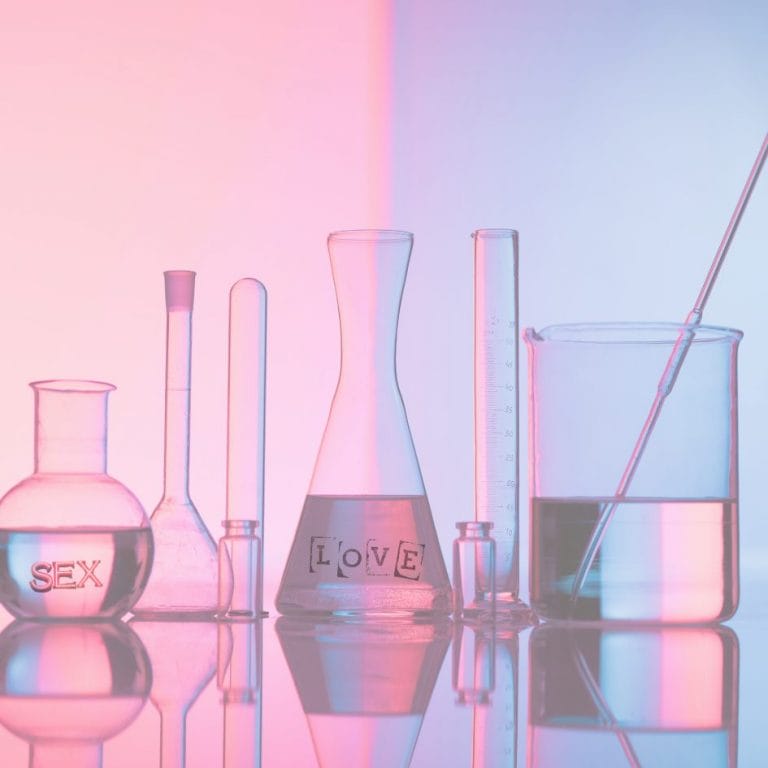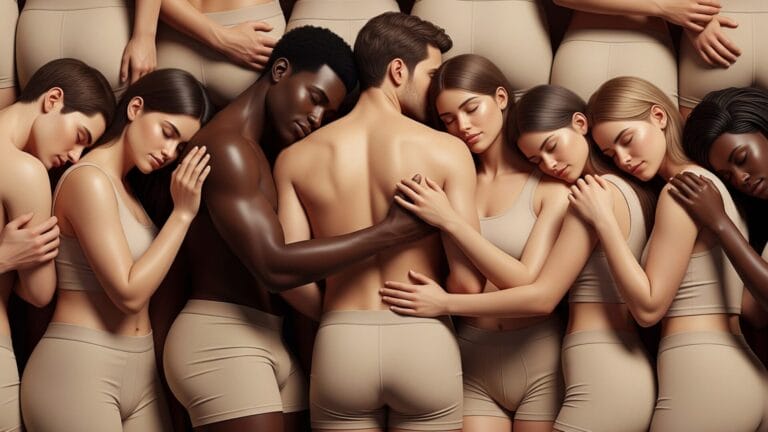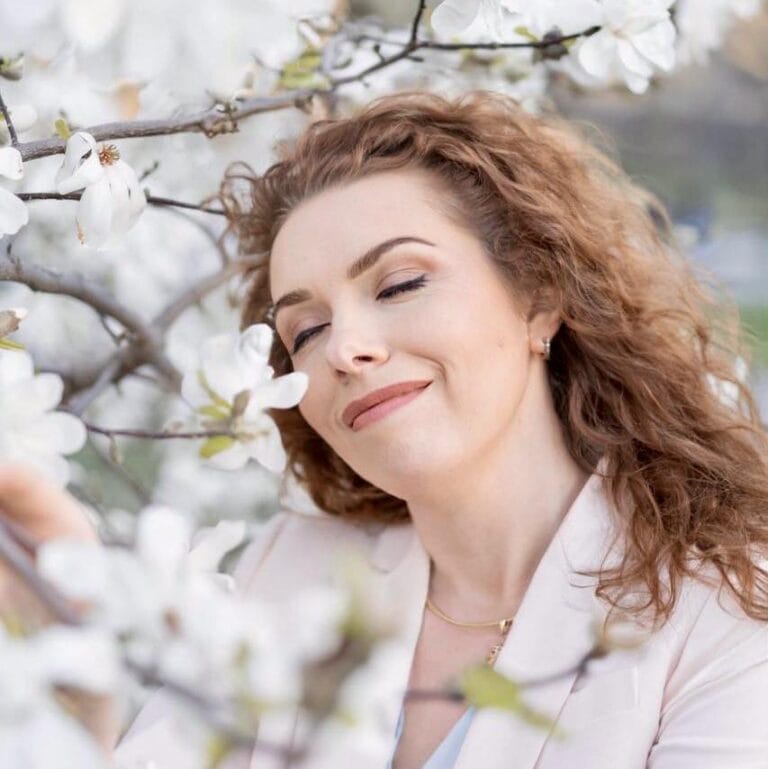
The Science Behind Sex and Love
The Brain on Sex and Love
The feelings of love and sexual desire are not just emotional; they are driven by a potent cocktail of brain chemicals that influence how we behave, feel, and connect with others. Let’s break down the key players and how they shape our experiences of sex and love.
Dopamine = Persistence
Dopamine is the neurotransmitter responsible for the craving and pursuit of sex. When you’re in love and crave intimacy with a partner, dopamine levels surge; this spike also triggers an increase in testosterone, the hormone linked to sexual desire. Dopamine is part of the brain’s reward system, so when we experience low sexual desire, it’s often tied to a lack of interest in sex, sexual boredom, or negative experiences. If there’s no motivation for intimacy, or if sex becomes associated with something negative, dopamine levels drop, and the brain’s reward system isn’t activated.
Norepinephrine = Energy
Norepinephrine influences energy levels and motivation, especially regarding romantic and sexual pursuits. Elevated levels of this chemical can make you feel energized, cause sleeplessness, and even lead to a loss of appetite. Have you ever been too excited to sleep because you’re thinking about a loved one or a sexual experience? That’s norepinephrine at work. This neurotransmitter also helps lock in memories of a partner’s behavior, increasing recall for new and exciting experiences with love and sex.
Serotonin = Mood
Interestingly, serotonin levels drop when we’re in love. This decrease can lead to obsessive thoughts and racing minds—hence the phrase “I can’t get you out of my mind.” Low serotonin is characteristic of passionate, early-stage love.
Love and sex are a mixture of high dopamine and norepinephrine and low serotonin. This unique blend creates a powerful emotional and physical response that drives us toward romantic and sexual connection.
Love, Lust, and Their Connection
Lust is a craving for sexual satisfaction, often driven by hormones and neurotransmitters like dopamine. It’s a physical urge, while love—especially romantic—involves motivation and planning, engaging the brain systems responsible for pursuing and maintaining intimate relationships. These brain circuits drive us to not only seek out sexual connection but also to foster meaningful bonds with a partner.
The Need for Love
Biologically, love is considered a drive similar to hunger, thirst, or warmth. Just as food rewards hunger, love is rewarded by emotional and physical intimacy. Every person’s experience of love and sex is unique, shaped by their personal history and relationship dynamics.
Why Love Is So Complex
Love is a blend of lust, romance, and attachment that evolves over time. What begins as passionate, lustful love can mature into companionate love based on deep attachment, safety, and calm. In sex therapy, much of the focus is on rekindling or sustaining the passion and romance in long-term relationships, as love naturally evolves from intense desire to secure attachment.
As Esther Perel, author of Mating in Captivity, says, “How you were loved is how you love.” Our behaviors around love are learned from our environments and shaped by the chemical, biological, and psychological factors at play. This “cocktail of sex” is the interplay of brain chemicals that drive our motivation, pleasure, and passion in relationships.
By understanding the science behind love and sex, we can gain insights into how to maintain and enhance intimacy in our relationships. Whether exploring new connections or deepening long-term bonds, paying attention to this brain chemistry can lead to a more fulfilling, passionate love life.






